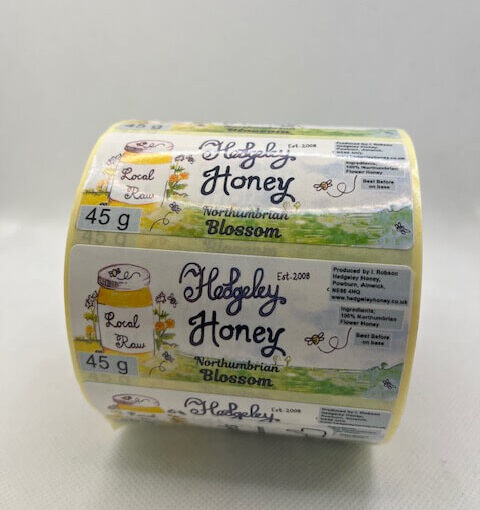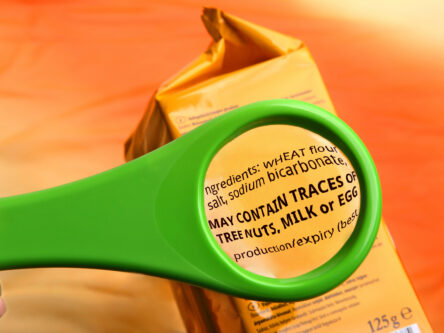
Creating an eye-catching product label can seem like a daunting task. To be effective, it has to stand out on the shelf, convey your brand message and include essential information such as ingredient lists, all within a relatively small surface space.
Before getting carried away with crazy colours and intricate illustrations, here are 5 important factors to consider when designing your product label to ensure it functions as a successful advertising tool.
1. Think about your target audience
If you are at the point of creating a product label, presumably you have a product that you’re ready to sell. You also, hopefully, have a specific group of customers that you are looking to target.
Considering the segment you are looking to target will help you better define the creative messaging that you want to include on your product label.
The purchase intention of your target audience should always be at the forefront of your mind when designing a product label, so that you can tailor the font, colour and imagery to your ideal customer’s interests, wants and needs.
2. Make it clear and readable
A crucial piece of the product label puzzle is the font. It needs to both reflect your brand’s existing visual style and be easy to read whilst also not overcrowding the other label content. Avoid photos or patterns behind text, and ensure the font colour and background colour are contrasting.
3. Include memorable branding
It should go without saying, but your product label needs to include your logo. Product labels can be a brilliant tool for boosting brand visibility and identity. If your logo begins to get lost in other elements of your label design, it might be time to go back to the drawing board. Simple is often best when it comes to product labels.
4. Consider the material
Whatever product you are looking to advertise, you need to consider label material. Does the label have to be waterproof? Suitable for freezing? Chemical-resistant? These attributes will influence the material and adhesive that you opt for. If you are selling pre-packaged sandwiches, having a label with food-safe and FDA-approved adhesive will be one of your main priorities, whereas if you’re a wine company you may opt for a textured label with a premium finish for an added touch of luxury.
5. Keep your competitors in mind
Finally, you need to consider how your product will look on the shelf alongside your competitors. Incorporating an interesting brand story into your design can help to bolster your relationship with customers and build brand loyalty. When surrounded by similar products on the shelf, it is important that the honesty and authenticity of your product shines through. Make sure your product label conveys these unique selling points.
For further advice on product labels, contact Label Lab today.

